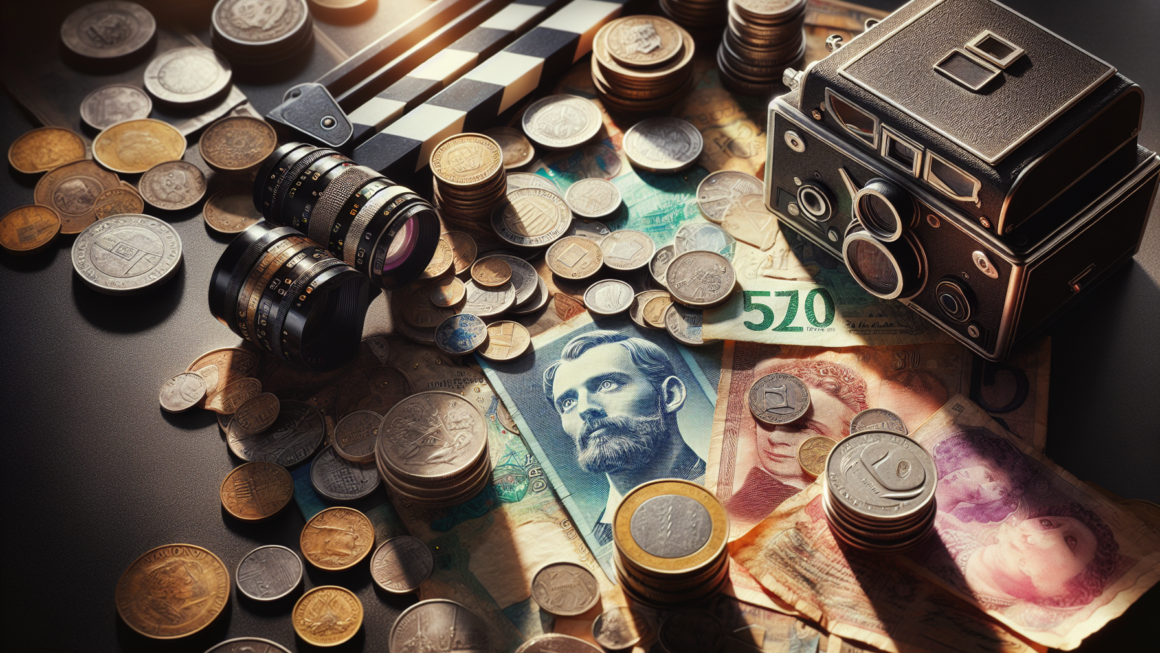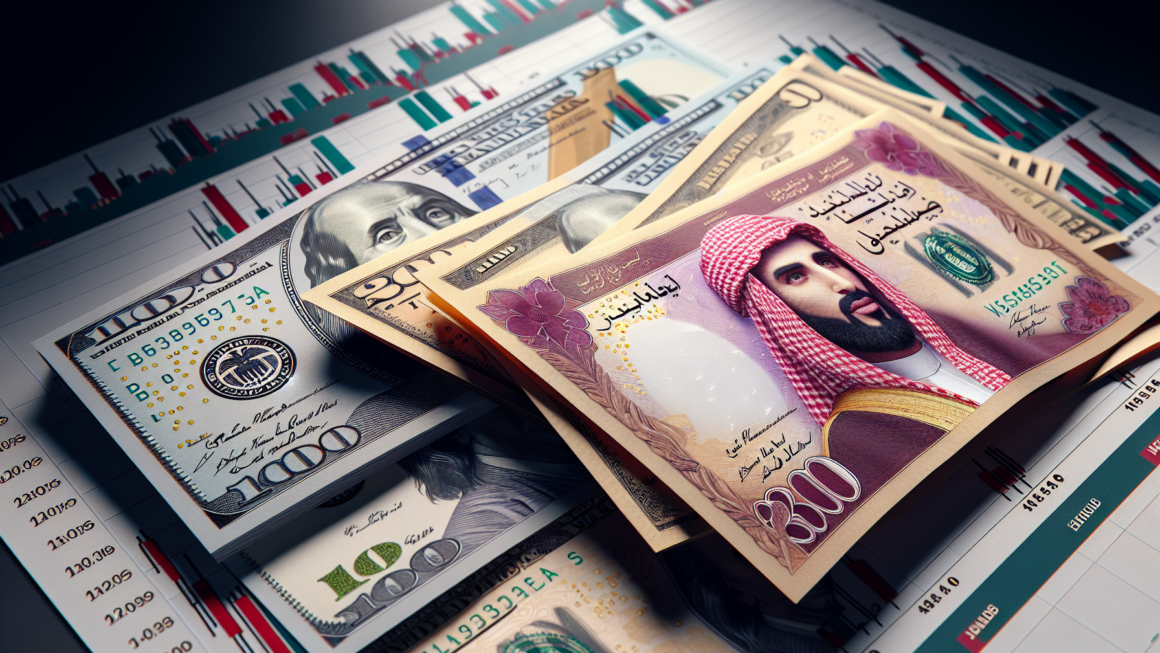Overview of France’s Currency
France, a member of the European Union, currently uses the euro as its official currency. The euro was adopted by France in 2002, replacing the French franc, which had been the country’s currency since the late 18th century. The transition from the franc to the euro marked a significant change in France’s monetary history.
Before the introduction of the euro, France had a rich currency history, with the franc playing a central role in the country’s economic and political landscape. The franc’s origins can be traced back to medieval times, and it underwent various transformations throughout the centuries.
The Euro as France’s Current Currency
Since 2002, the euro has been the sole currency used in France, as well as in many other European Union countries. The adoption of the euro was a major milestone in France’s economic integration with the rest of Europe. It has facilitated trade, simplified cross-border transactions, and promoted financial stability within the European Union.
The euro is divided into 100 cents and is available in seven banknote denominations: €5, €10, €20, €50, €100, €200, and €500. Coins are issued in denominations of 1, 2, 5, 10, 20, and 50 cents, as well as €1 and €2. The design of the euro banknotes features architectural styles from different periods of European history, while the coins have a common side and a country-specific side.
The Franc: France’s Former Currency
Prior to the introduction of the euro, the French franc (FRF) was the national currency of France. The franc has a rich history that spans several centuries, with its origins dating back to the Middle Ages. Throughout its existence, the franc underwent various changes and played a significant role in France’s economic and political development.
The name “franc” was first used for a gold coin minted by King John II of France in 1360. The coin bore the Latin legend “Johannes Dei gratia Francorum rex,” which translates to “John, by the grace of God, King of the Franks.” Over time, the franc evolved and became the primary currency of France.
History of the French Franc
The history of the French franc is closely intertwined with the country’s political and economic developments. From its origins in medieval France to its replacement by the euro in the 21st century, the franc has undergone significant changes and played a crucial role in shaping France’s monetary system.
Origins of the Franc in Medieval France
The franc was first introduced as a gold coin in 1360 during the reign of King John II of France. The coin was minted to celebrate the king’s release from captivity by the English following the Treaty of Brétigny. The franc’s name is derived from the Latin inscription on the coin, which translates to “King of the Franks.”
Initially, the franc circulated alongside other currencies, such as the livre tournois, which was the main currency of France at the time. The franc gradually gained prominence and became more widely used in the following centuries.
Reintroduction of the Franc After the French Revolution
The French Revolution of 1789 brought significant changes to France’s monetary system. In 1795, the franc was reintroduced as the country’s official currency, replacing the livre tournois. The new franc was based on a decimal system, with 1 franc divided into 10 decimes and 100 centimes.
The reintroduction of the franc was part of a broader effort to modernize and standardize France’s currency system. The franc became the foundation of the country’s monetary policy and played a vital role in France’s economic development throughout the 19th and 20th centuries.
Adoption of the Franc in Other Countries
The popularity and stability of the French franc led to its adoption in several other countries. Some notable examples include:
- Switzerland: The Swiss franc was introduced in 1850 and remains the country’s currency to this day.
- Belgium: The Belgian franc was used from 1832 until the adoption of the euro in 2002.
- Luxembourg: The Luxembourg franc was introduced in 1848 and circulated until the country’s adoption of the euro.
These countries adopted the franc due to their close economic and political ties with France, as well as the stability and prestige associated with the French currency.
Transition from the Franc to the Euro
The transition from the French franc to the euro was a significant event in France’s monetary history. It marked the country’s integration into the larger European economic and monetary union. The process of adopting the euro was gradual and involved careful planning and coordination among the member states of the European Union.
France’s Adoption of the Euro in 2002
In 2002, France officially adopted the euro as its sole currency, replacing the French franc. The transition period began on January 1, 1999, when the euro was introduced as an accounting currency alongside the franc. During this time, the exchange rate between the franc and the euro was fixed at 6.55957 francs per euro.
On January 1, 2002, euro banknotes and coins were introduced into circulation, and the franc gradually ceased to be legal tender. The transition period lasted until February 17, 2002, after which the franc was no longer accepted as a means of payment.
Impact on Former French Colonies and Territories
The adoption of the euro by France also had implications for its former colonies and territories. Many of these countries were part of the Franc Zone, a monetary union in which the currencies were pegged to the French franc. With the introduction of the euro, these currencies transitioned to being pegged to the euro instead.
The Franc Zone includes countries such as those in the West African Economic and Monetary Union (WAEMU) and the Central African Economic and Monetary Community (CEMAC). These countries use the CFA franc, which was originally pegged to the French franc and is now pegged to the euro at a fixed exchange rate.
Exchange Rates and Currency Information
Understanding exchange rates and currency information is crucial for those traveling to France or conducting international transactions involving the euro. Here, we’ll explore the historical exchange rates between the French franc and the US dollar, as well as current euro exchange rates and conversion tools.
French Franc to US Dollar Historical Exchange Rates
Before the introduction of the euro, the French franc (FRF) was the primary currency used in France. The exchange rate between the French franc and the US dollar (USD) fluctuated over time based on various economic and political factors.
| Date | FRF to USD | USD to FRF |
|---|---|---|
| June 19, 2024 | 0.163765 | 6.10632 |
It’s important to note that the French franc is no longer in circulation, having been replaced by the euro in 2002. However, understanding the historical exchange rates can provide insight into the franc’s value and its relationship with other currencies.
Euro Exchange Rates and Conversion
Since France now uses the euro, it’s essential to be aware of the current exchange rates and conversion tools for the euro. Popular euro pairings include EUR/USD, EUR/GBP, EUR/JPY, EUR/CAD, EUR/AUD, EUR/CHF, EUR/CNY, and EUR/ZAR.
To easily convert between euros and other currencies, you can use online currency converters such as XE Currency Converter. These tools provide real-time exchange rates and allow you to quickly calculate the equivalent amount in different currencies.
Keep in mind that exchange rates can fluctuate rapidly based on market conditions, so it’s always a good idea to check the latest rates before making any transactions.
Using Money in France Today
When traveling to France, it’s important to understand the practical aspects of using money in the country. Here, we’ll cover information on credit and debit card acceptance, getting cash from ATMs, exchanging currency, and obtaining VAT refunds.
Credit and Debit Card Acceptance in France
In France, particularly in major cities like Paris, credit and debit cards are widely accepted at most establishments. Visa and Mastercard are the most commonly accepted cards, followed by American Express. However, it’s worth noting that some smaller shops, restaurants, or market vendors may prefer cash payments.
Before traveling, it’s a good idea to inform your bank or credit card company about your plans to use your card abroad. This will help prevent any potential issues or security blocks on your account.
Getting Cash from ATMs in France
ATMs, known as “distributeurs automatiques de billets” (DAB) in French, are readily available throughout France. You can easily withdraw euros using your debit or credit card at most ATMs. Look for machines associated with major French banks such as BNP Paribas, Crédit Agricole, or Société Générale to avoid additional fees.
When using an ATM, you may be given the option to conduct the transaction in your home currency. However, it’s generally recommended to choose the local currency (euros) to ensure a more favorable exchange rate.
Exchanging Currency and Getting VAT Refunds
If you need to exchange currency in France, you can do so at banks, post offices, or currency exchange offices (bureaux de change). However, keep in mind that exchange rates may vary, and some locations may charge commission fees.
For purchases made in France, non-EU residents may be eligible for a Value Added Tax (VAT) refund. To qualify, you typically need to spend a minimum amount (usually around €175) in a single store and request a tax refund form (Retail Export Form) at the time of purchase. Be sure to present your passport when making the purchase and follow the instructions on the form to claim your refund.
See also:
- Luxembourg Currency Exchange Rate: USD to LUF & LUF to USD
- Malta Currency: A Complete Guide to Maltese Liri Exchange Rates
- Croatia Currency: A Guide to Money in Croatia
- Lithuania Currency: A Complete Guide to Lithuanian Litai and Euro Conversion
- Finland Currency: A Complete Guide to Money in Finland




